About the Treatment
Adhesive Treatment is the only minimally invasive procedure that does not require heat to treat the affected veins. In this therapy, a medical adhesive (glue) is used to close the affected vein.
How is this procedure carried out?
Step 1
Catheter is placed in the vein
Using an ultrasound, your doctor will position a catheter into the diseased vein through a small access site.
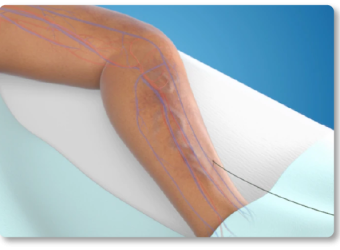
Step 2
Specialized adhesive is placed
A specially formulated medical
adhesive is placed in the diseased
vein via a small catheter.
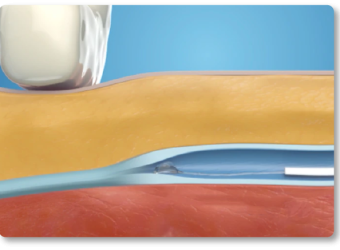
Step 3
Light external pressure is applied
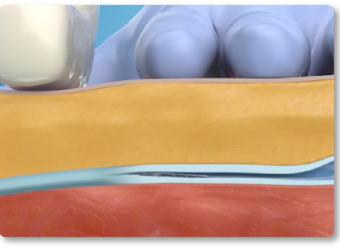
Step 4
Catheter is removed
The catheter is removed and a single adhesive bandage is applied to the vein access site.
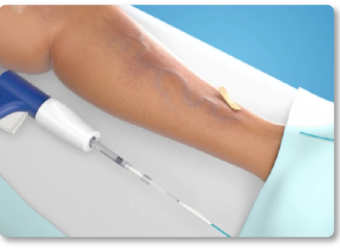
Advantages of
Adhesive Treatment*
Adhesive Treatment:

Minimally invasive procedure causing less discomfort to the patients(Ref 1)

Most of the patients do not require compression stockings afterward(Ref 2)

Shorter recovery time allowing patients to resume their normal activities right away
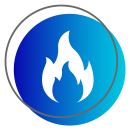
Since the procedure does not involve heat, there is no risk of burns or nerve damage
Are there any
risks involved*?
Adhesive Treatment is a minimally invasive and non-thermal procedure. It may involve the following complications:
• Bleeding from the treated area
• Swelling in the treated leg
• Darkening of the skin (hyperpigmentation)
• Feeling of pricking, burning, or numbing (Paresthesia)
• Enlargement of veins (Phlebitis)
• Deep vein thrombosis
• Arteriovenous fistula (i.e., an abnormal connection between an artery and a vein)
• Pulmonary embolism (i.e., blockage of an artery in the lungs)
• Vascular rupture and perforation
• Ulceration may occur at the site of injection
• Visible scarring
• Infection in the treated area
• Neurological deficits including stroke and death
References: 1. Phlebology. 2015 Jul;30(6):397-404. 2. J Vasc Surg Venous Lymphat Disord. 2015 Jan;3(1):2-7.
ABOUT THE
TREATMENT
Adhesive Treatment is the only minimally
invasive procedure that does not require heat
to treat the affected veins. In this therapy, a
medical adhesive (glue) is used to close the
affected vein.
HOW IS THIS PROCEDURE
CARRIED OUT?
Step 1
Catheter is placed in the vein
Using an ultrasound, your doctor will position a catheter
into the diseased vein through a small access site.
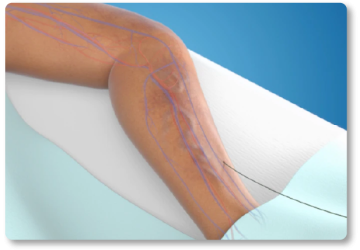
Step 2
Specialized adhesive is placed
A specially formulated medical adhesive is placed
in the diseased vein via a small catheter.
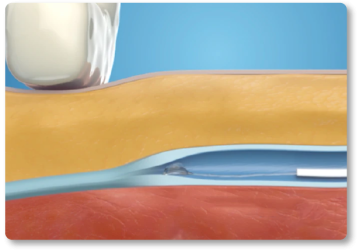
Step 3
Light external pressure is applied
Light external pressure is applied to adhere the vein walls together. This step is repeated for the length of the vein.

Step 4
Catheter is removed
The catheter is removed and a single adhesive
bandage is applied to the vein access site.

ADVANTAGES OF
ADHESIVE TREATMENT*
Following are the benefits of undergoing Adhesive Treatment:

Minimally invasive procedure
causing less discomfort
to the patients
1

Most of the patients do
not require compression
stockings afterward2

Shorter recovery time
allowing patients to
resume their normal
activities right away

Since the procedure
does not involve heat,
there is no risk of burns
or nerve damage
ARE THERE ANY
RISKS INVOLVED*?
Adhesive Treatment is a minimally invasive and non-thermal procedure. It may involve the following complications:
• Bleeding from the treated area
• Swelling in the treated leg
• Darkening of the skin (hyperpigmentation)
• Feeling of pricking, burning, or numbing (Paresthesia)
• Enlargement of veins (Phlebitis)
• Deep vein thrombosis
• Arteriovenous fistula (i.e., an abnormal connection between an artery and a vein)
• Pulmonary embolism (i.e., blockage of an artery in the lungs)
• Vascular rupture and perforation
• Ulceration may occur at the site of injection
• Visible scarring
• Infection in the treated area
• Neurological deficits including stroke and death
References: 1. Phlebology. 2015 Jul;30(6):397-404. 2. J Vasc Surg Venous Lymphat Disord. 2015 Jan;3(1):2-7.





